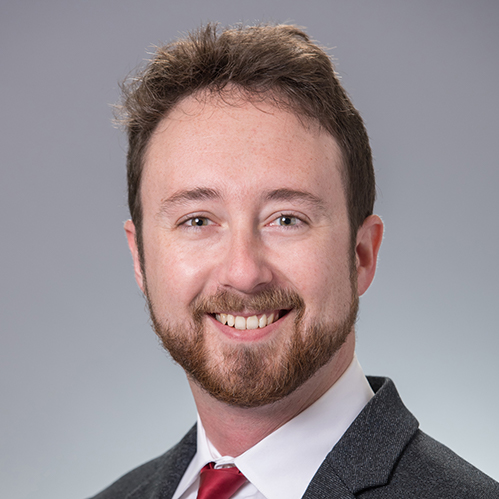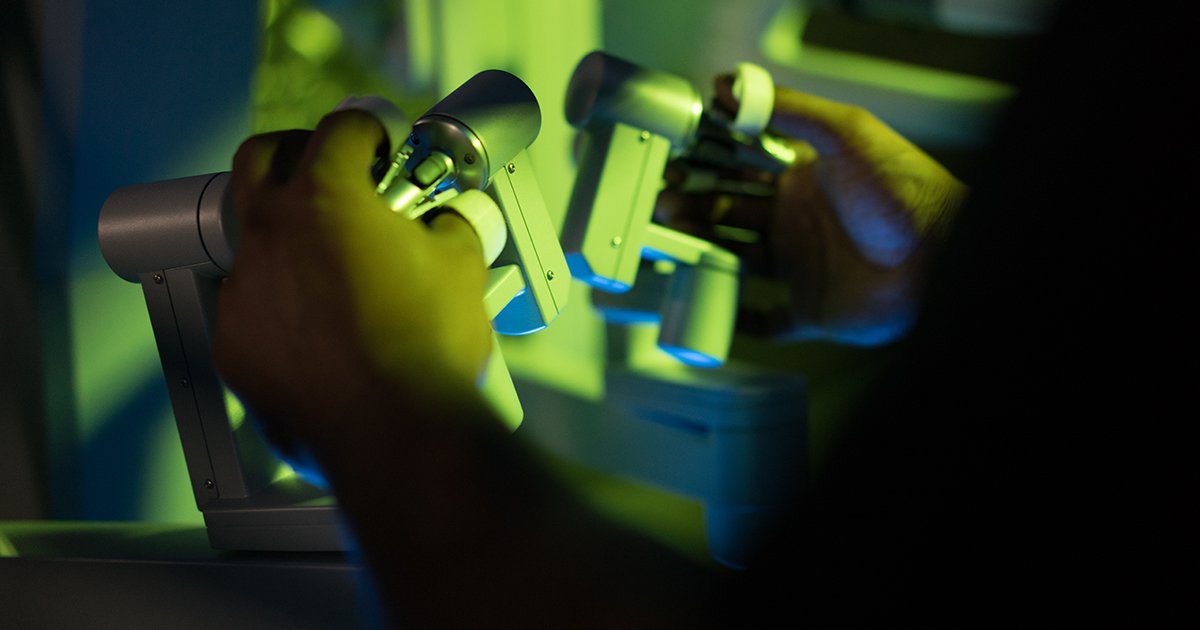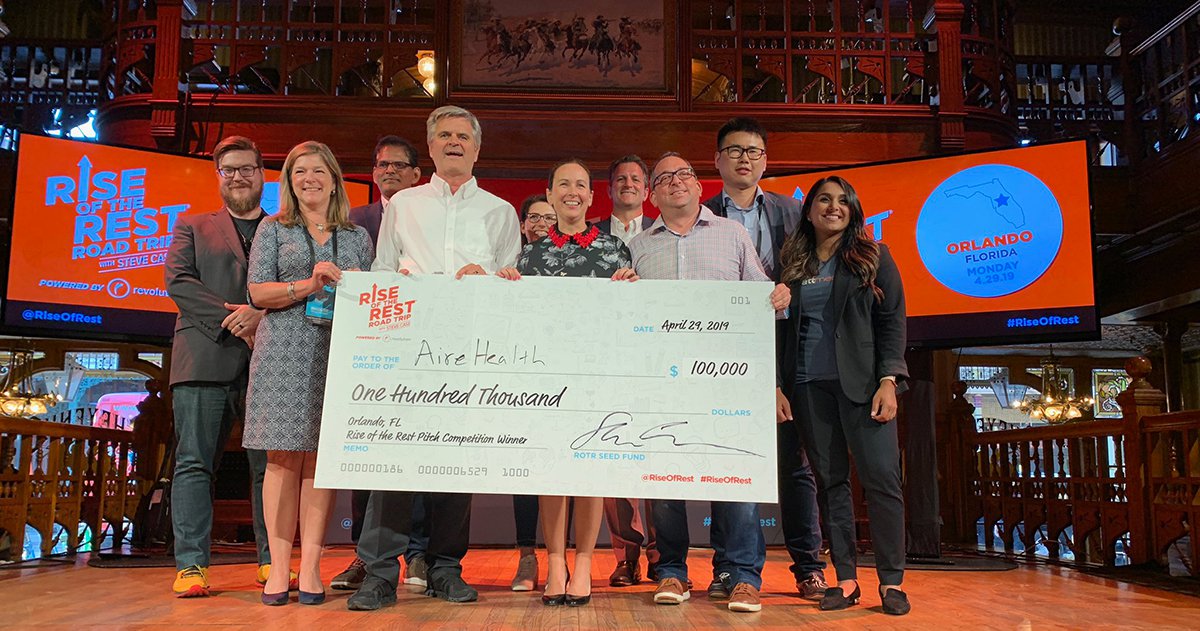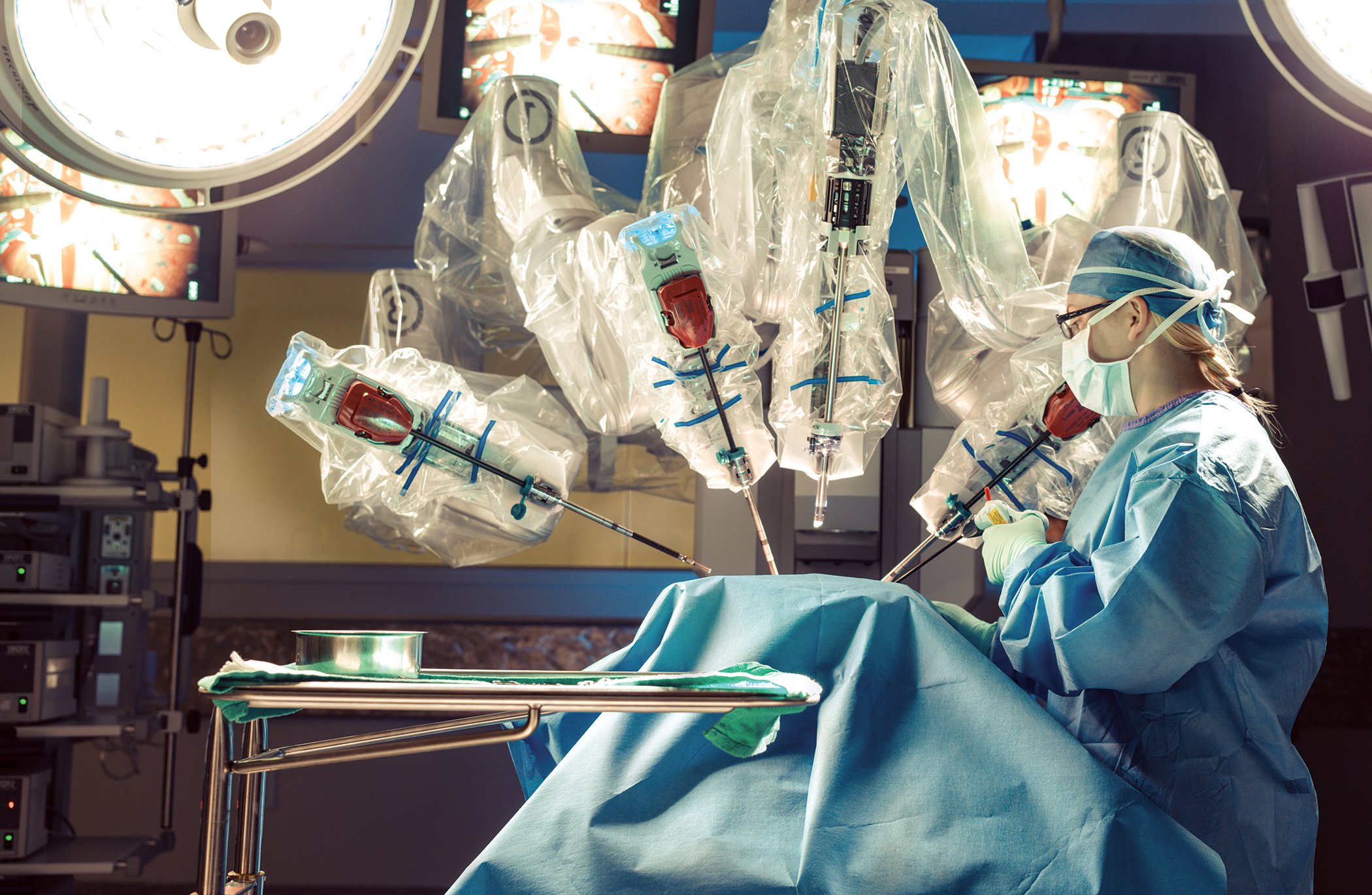Almost everyone knows someone who knows the terror that comes with a neurodegenerative disease diagnosis like Alzheimer’s and ALS. Not only are these ailments characterized by slowly progressing neurodegeneration that leads to impairment and eventual death, but they also remain some of the most difficult diseases to treat. A persistent lack of understanding of the underlying biology of the diseases, as well as unreliable models for the development of treatments have caused the late-stage clinical failure of numerous experimental therapies and treatments. Although these diseases continue to plague nearly six million Americans, scientists and researchers in Orlando are developing technology to create low-cost, accurate models to study these diseases as well as give researchers early key insights into potential therapies.
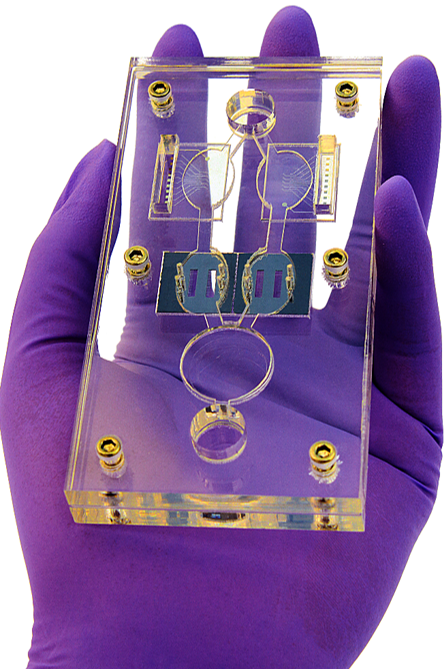
“With rare diseases, there’s not a huge patient population. That makes it difficult to run extensive clinical trials or develop animal models to test and tease out what’s effective when it comes to treatment,” says Dr. James Hickman, principal investigator of the Hickman Hybrid Systems Lab at the University of Central Florida and chief science officer of Hesperos, a company that has developed biotechnology that uses stem cells from patients, some of whom have these rare diseases, to create multi-organ systems that measure reactions to experimental treatments. Dubbed “human-on-a-chip” microfluidic systems, the tech has the capacity to predict the effects of many therapeutics in vitro without the need to test on animals or humans.
Hesperos is Greek for the Evening Star, the planet Venus in the evening, the brightest of the celestial bodies in the night sky, which Hickman sees as an apt name for his company that’s lighting the way for the next generation of the drug discovery process.
Connecting Tech to Industry
A trained surface chemist with a Ph.D. from the Massachusetts Institute of Technology, Hickman developed one of the first bioelectronics labs to understand how neurons can be used to detect chemical or biological agents. He then went on to work in DARPA’s ITO office in Arlington, VA, seeking to revolutionize the area of biological information processing – communications between neuronal ensembles.
“I used my experience in surface chemistry to modify interfaces of semiconductor devices and other silicon structures to make neurons and other cell types compatible with biologic material,” Dr. Hickman says.
“It is very different from transistors communicating. How biology does it is way more complicated than a computer does.”
Dr. James Hickman, Hesperos Chief Science Officer
His first academic job was serving as the Hunter Endowed Chair of Bioengineering at Clemson University in 2000 before moving to the University of Central Florida (UCF) in 2004 to set up NanoScience Technology Center. A pivotal moment in his career, it was at UCF where he began expanding his research from primarily neuronal based systems to include other organ types like muscle, liver and kidney and how biotechnology can be applied to drug discovery.
It’s also when he crossed paths for the first time with his future business partner, Dr. Michael L. Shuler, the founding chair for the Department of Biomedical Engineering at Cornell University. The two attended each other’s presentations at a biotechnology conference and soon started collaborating.
“Mike had developed some of the first metabolic systems focused on drug discovery where I was more focused on toxicity,” Dr. Hickman says. With their technological innovations combined, they have been at the forefront of many major scientific discoveries including individual organ-on-a-chip constructs to fully functional, interconnected multi-organ systems which they have coined “human-on-a-chip.”
From Lab to Market
To take his technology from the lab to the market, Dr. Hickman took the idea to the UCF Business Incubation Program, which has helped more than 350 early-stage companies achieve growth since 1999. The university-driven program is a community partnership between UCF, the Florida High Tech Corridor Council, Orange, Osceola, Seminole and Volusia Counties, and the cities of Apopka, Kissimmee, Orlando and Winter Springs and has sustained more than 4,710 jobs throughout the Orlando region.
“They’re one of the top ten nationally, and really helpful. We took business courses and got set up with financial people and proper space for the company to operate,” Dr. Hickman says. “We also had contracts as soon as we formed the company. Pharma and cosmetics firms have been interested from inception.”
Early on, the company won a grant from the National Institutes of Health (NIH) to fund its first two years, which was followed by a second NIH grant, funding its next three years. “We could keep going for four to five years just on NIH funding in addition to corporate contracts,” Hickman says.
“NIH basically told us we needed to form a company as we’re much too far along to only be funded with basic research programs.”
Dr. James Hickman, Hesperos Chief Science Officer
In September of 2019, NIH announced UCF would receive a $3.8 million milestone-based grant to better understand how overdosing on opiates works, their impact on multiple organs and the effect of drugs used to treat overdoses, including potential toxicity of organs. Hickman is the lead scientist on the proposal, using his human-on-a-chip in vitro system.
Now, the company has contracts with pharmaceuticals companies focused on not only major conditions like Alzheimer’s disease, cancer and diabetes but also rare diseases, seeking to generate data that will characterize investigational new drugs. From gene expression to electrophysiology, the company recreates key components of various organs on chemically patterned microchips to enable real-time monitoring of organ activity in order to detect and quantify minute changes. The result is an ability to study therapeutics in a way which was previously only possible in clinical trials or with animal studies.
Disrupting the Status Quo
The U.S. Food & Drug Administration reports that nine out of ten experimental drugs fail in clinical studies specifically because laboratory and animal studies fail to accurately predict how the drugs will behave in humans.
“The 90 percent of drugs that go into clinical trials get pulled primarily due to a lack of efficacy or due to undetected toxicities,” Dr. Hickman says.
“Animal models don’t predict human response very well.”
Dr. James Hickman, Hesperos Chief Science Officer
An estimated 17 to 22 million vertebrate animals are used each year in research, education, and testing—less than one percent of the number killed for food. According to the U.S. Food & Drug Administration, animals are used in the testing of drugs, vaccines and other biologics, and medical devices, mainly to determine the safety of the medical product. For drugs and biologics, the focus of animal testing is on the drug’s nature, chemistry, and pharmacology and toxicology.
Animal testing remains a controversial issue in the pharmaceutical and cosmetic industries. Endless debates continue to rage over the ethics, yet a majority within the scientific community remain steadfast in their conviction that measuring an animal’s reaction to a new treatment or product is the only way to test its efficacy in humans. The only problem is animals and humans are vastly different.
It’s Dr. Hickman’s goal to eliminate the need for laboratory animals while simultaneously yielding better data and reducing the long development timelines and steep costs associated with the drug development process. The systems need not be perfect. Even an increase in success for drug candidates from 10 to 30 percent would have a tremendous impact in reducing the cost of drugs. It’s currently estimated to cost $2.7 billion to commercialize a drug. Achieving a success rate of 30 percent would effectively reduce that cost three-fold.
“The FDA needs a lot of data to allow you to put drugs into people,” Dr. Hickman says. “That’s where we’re focused–on pre-clinical drug discovery. We want to show efficacy– does it work? If a drug has enough safety data, efficacy might be enough on its own to earn FDA approval.”
Drs. Hickman and Shuler firmly believes the less animals used in pharmaceutical testing, the better. The company won the Lush Prize for alternatives to animal testing in the science category.
“The world recognizes we’re at the forefront of this technology to reduce and replace animals in clinical trials.”
Dr. James Hickman, Hesperos Chief Science Officer
Dr. Hickman says, “we are actively working to the day when this technology can be used to predict an individual’s reactions to therapeutics. Until that day, we are proud to continue to be one of the leaders for advancement of this field.”
